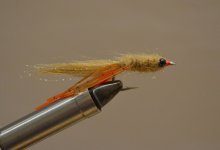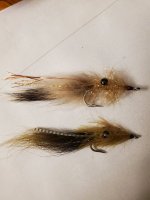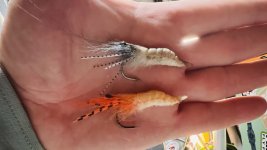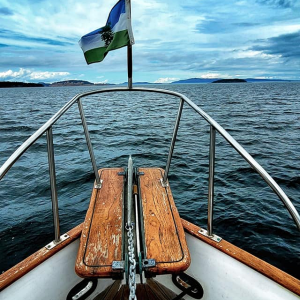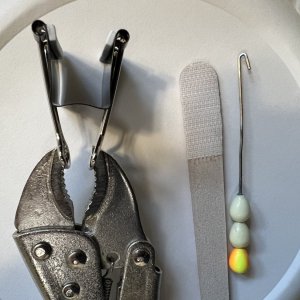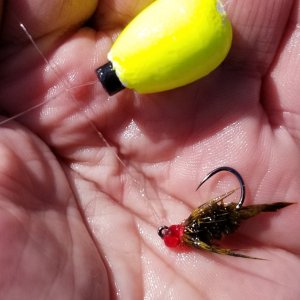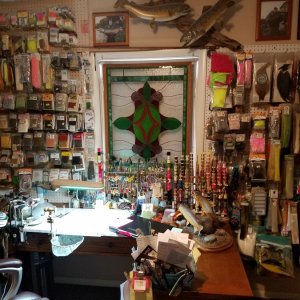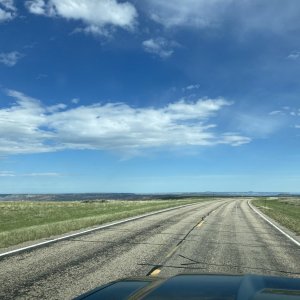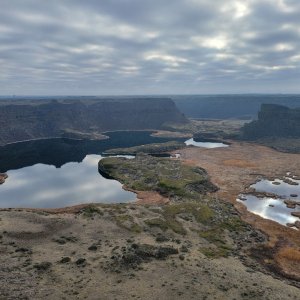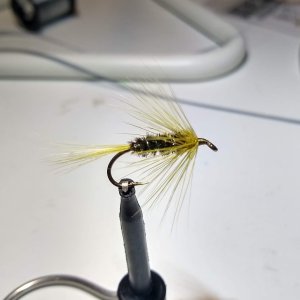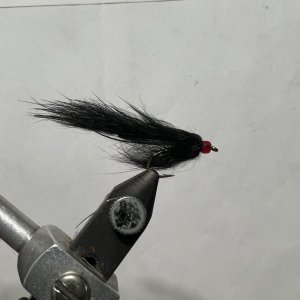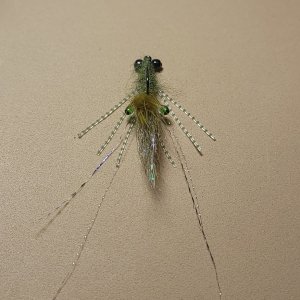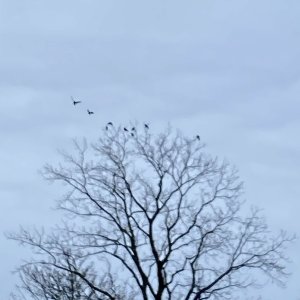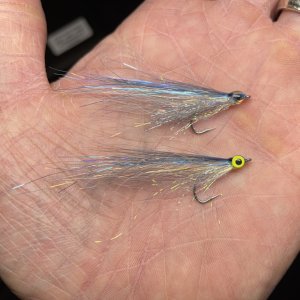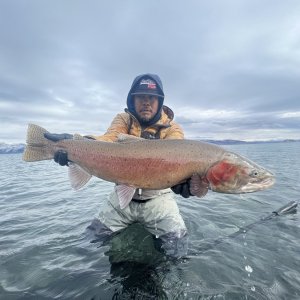OK, so you saltwater folks, or whomever, I don't know. What patterns have you got for Siberian Shrimp . 2-3" long body + antenne
Way out of my league here, but the fam likes to fish here in the snake, spots above ice harbor to texas rapids, so I guess I should figure it out. We left our crawdad traps over night, no dads but 3-6 shrimp per pot. I didn't hook anything on my favorite crawdad plug or flies, so I'm wondering.
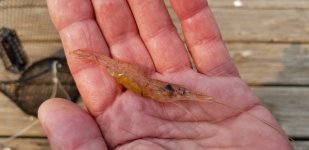
Way out of my league here, but the fam likes to fish here in the snake, spots above ice harbor to texas rapids, so I guess I should figure it out. We left our crawdad traps over night, no dads but 3-6 shrimp per pot. I didn't hook anything on my favorite crawdad plug or flies, so I'm wondering.



